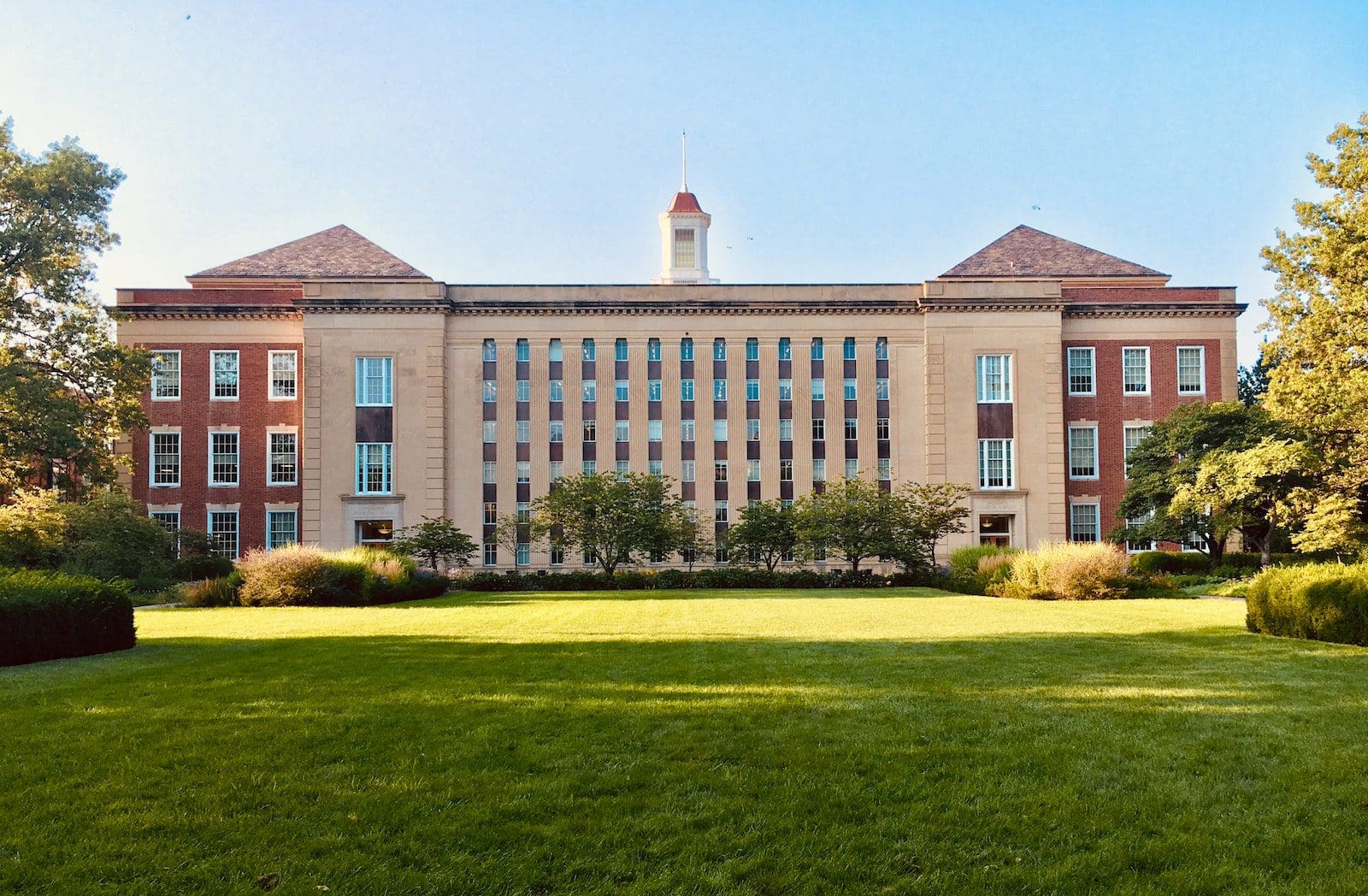Colleges are an integral part of each person’s higher education. There are different types of colleges that run with different types of funding.
These types include private and public colleges. There are quite a lot of parameters that differentiate private colleges and public colleges from one another.
Both universities function in a slightly different way, but the sole purpose of existence remains the same, they were established to teach the common people.
Key Takeaways
- Private colleges are institutions of higher education that the government does not operate, while the government funds public colleges.
- Private colleges are more expensive than public colleges due to their independent funding.
- Public colleges offer more diverse academic programs and a larger student population than private colleges.
Private College vs Public College
Public colleges are institutions of higher education that are funded by the state government. Public colleges have larger class sizes and higher student enrollments. Private colleges are institutions of higher education that are privately funded through tuition fees, donations, and endowments. They have smaller class sizes and more individual attention from faculty.

Private colleges are not operated by government funding, but they may have available aid from the government, and they will operate with the help of a set of private donors.
Private donors are those who contribute a sum of money for aid in private colleges. There are quite a lot of private colleges across the globe that is being operated with the help of private donors.
Public colleges are those colleges that are funded extensively with the help of government funds. The cost of studying in a public college is quite inexpensive as the courses are being aided by financial support provided by the government.
The fee is very nominal when compared to that of a private university.
Comparison Table
| Parameters of Comparison | Private College | Public College |
|---|---|---|
| Funding | The primary funding is provided by private donors. | The primary source of funding is provided by government funds. |
| Expenses | They are way more expensive when compared to public colleges. | They are quite cheap as they are being sided by government funds. |
| Classroom size | They are quite smaller and have smaller classrooms. | They are quite big and have larger class sizes. |
| Academics | They have few majors but more academic programs linked with them. | They have quite a lot of programs when compared to private colleges. |
| Competitiveness | Admissions are less competitive when compared to public colleges. | Admissions are quite competitive when compared to private colleges. |
What is Private College?
Private colleges are establishments funded by private donors. They may have extensive research in fewer faculties available in the college.
But the classroom sizes are quite compact when compared to that of the public college classroom.
Private colleges can work for both profit and non-profit, but it solely depends on the administration team operating the college. These colleges tend to receive tax breaks, and at times, they may be funded by student grants.
There are a lot of colleges that are non-profit in nature, while some may be profit-based colleges. There are regulatory conditions and bodies that work for college development.
These colleges may be affiliated buy universities that are being funded publicly, and they may obtain sources of funds from the government through the affiliation-providing university.
There are commissions and councils in each country that work with regulations associated with college affairs.
They help in framing a set of regulations, and they prepare lists of private institutes that operate within their governing province.
Private colleges are comparatively more up-to-date and updated with resources than public colleges. These private colleges have better placement rates when compared to public colleges.
Private colleges can be expensive when compared to public colleges.

What is Public College?
Public colleges receive a significant amount of funding covered by the government for their functioning. These colleges receive public college when they receive funding from public sources or government aid.
The amenities provided by these types of colleges are quite more when compared to that of private universities. Since these colleges have a very lesser fees, most people try to get into these colleges.
Public colleges also have a wide range of faculty offering various academic programs and courses for people to opt for and study.
Public colleges are really very affordable in nature; thus, students prefer public universities for their fine and efficient costings and expenses. Public colleges are very cheap when compared to private colleges.
Public colleges, on the other hand, also have quite a lot of courses with wide-stream faculty. They have a larger classroom and infrastructure, which is built out of public funds that are available from the government.
It is relatively cheap and cost-effective.
Public colleges also have more competition when compared to private colleges.
Owing to its inexpensive study and fee structure along with merits, including bigger infrastructure and course content, most students tend to prefer public college over private college.
Students should opt for public colleges if they are eager to study a course pattern with a structured low-fee requirement.

Main Differences Between Private and Public College
- The classroom sizes in private colleges are small and compact, whereas public colleges have larger-sized classrooms.
- Competitiveness is also quite hard in public colleges, whereas private colleges do not have much competition.
- Private colleges also have fewer programs to choose from, whereas public colleges have a lot of majors available to choose from for their candidates.
- The expenses are also really high in private colleges, whereas public colleges provide funding to their student community.
- The primary funding received by public colleges and private colleges differs abruptly as private colleges receive funds from private donors.




